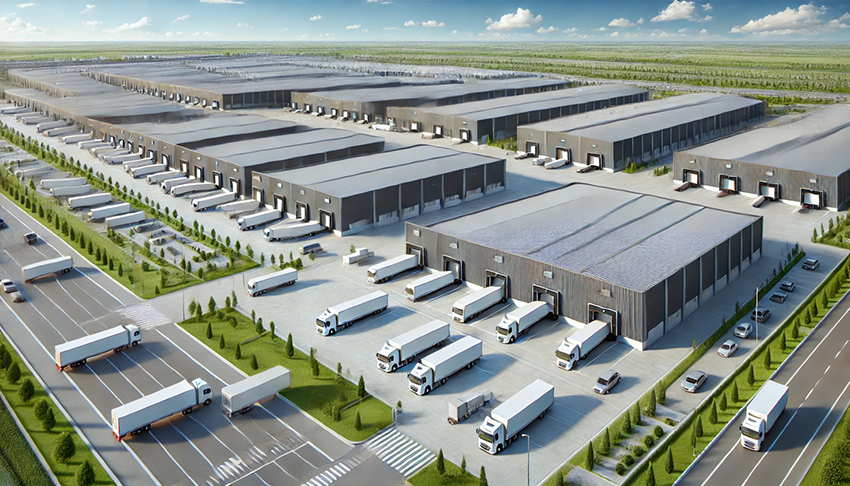Slovak Logistics Sector in 2025: Rising Investment, Higher Vacancies, and Competitive Rents
Slovakia’s industrial property market is in a transitional phase this year, marked by record capital inflows on one hand and signs of cooling demand on the other.
The volume of commercial real estate transactions in Slovakia in the first six months of 2025 exceeded half a billion euros, already surpassing the total figure for all of last year. Warehouses and production halls attracted the largest share of investor attention, while retail and office assets followed at a distance. Analysts expect that by the end of the year, total investment could approach one billion euros.
The surge in investment has come alongside a slowdown in leasing. Companies committed to just over 100,000 square metres of logistics space in the second quarter, with new leases and pre-leases making up most of the total. Despite steady activity, the vacancy rate climbed to just above six percent, the highest level in several years, as new projects came onto the market faster than they could be absorbed. Roughly a third of the space now under construction has not yet secured tenants, reflecting the risk that speculative developments launched earlier may take longer to fill.
Developers delivered nearly 80,000 square metres of new facilities in the second quarter, concentrated largely in western Slovakia. Another 300,000 square metres remains on the way, including notable schemes in eastern parts of the country, where manufacturers are expanding production.
Rental dynamics reflect the growing competition among landlords. Prime logistics rents have edged down slightly to around €5.50 per square metre per month, while in neighbouring Czech cities headline levels remain higher, and in Poland and Hungary owners are increasingly granting concessions to secure occupiers.
A clear shift is also visible in the quality of space being demanded. Warehouses equipped for automation, energy-efficient operations and certified under sustainability standards are quickly becoming the benchmark across Central Europe, and Slovakia is no exception. Tenants now expect smart systems and low operating costs as standard, while investors place increasing weight on environmental credentials.
Although the overall outlook remains positive, with new manufacturers such as Volvo moving into the market and nearshoring trends favouring Central Europe, geopolitical uncertainty and global trade tensions are tempering optimism. Analysts expect the remainder of 2025 to bring gradual stabilisation, with tenants benefiting from greater choice and landlords under pressure to deliver modern, flexible and sustainable facilities.
Source: comp.








